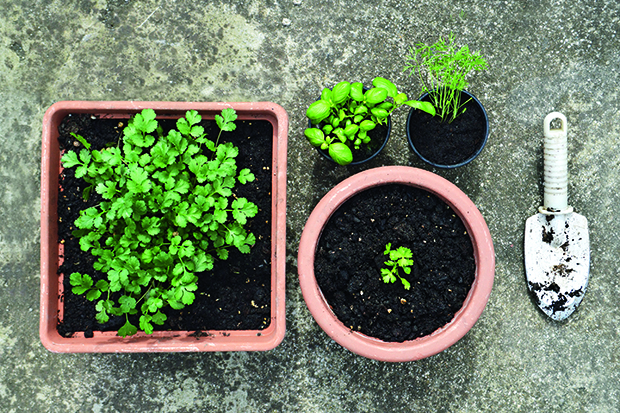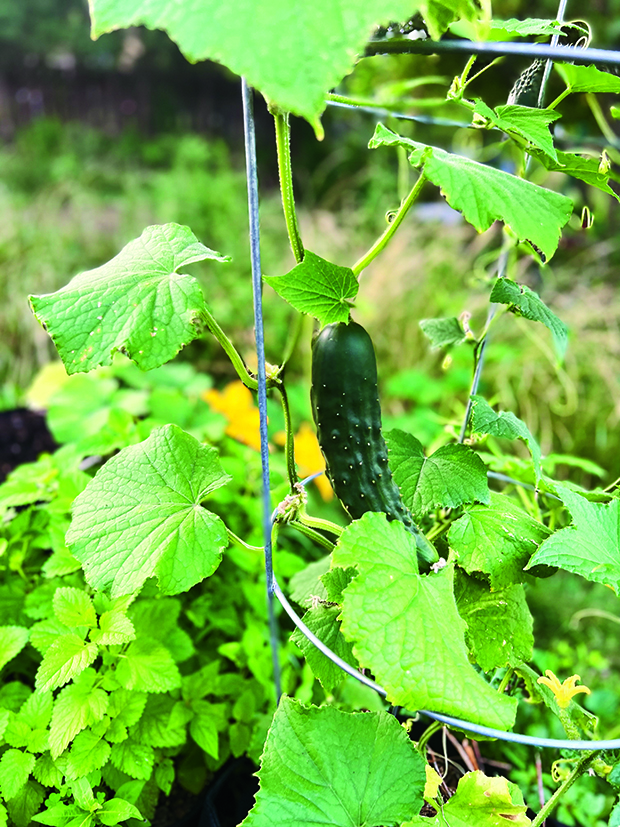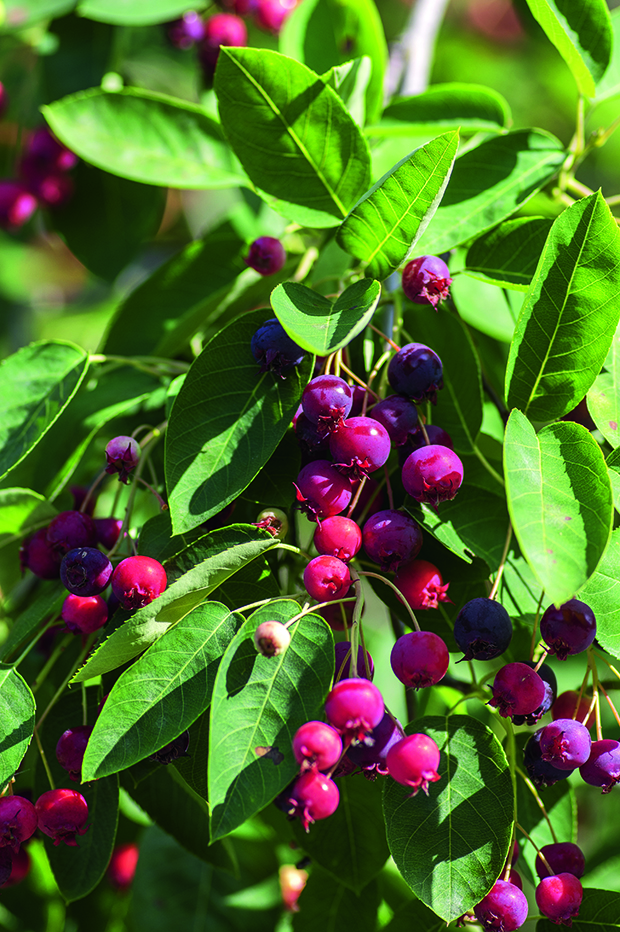All of the gardening jobs to get done this December

Get out into the sunshine this December and get stuck into the garden.
Words: Jane Wrigglesworth
1. Water celery regularly to ensure stalks remain crisp. Plants will thrive with a fortnightly feed of seaweed and a mulch of compost.
2. Plant capsicum seedlings in a sheltered area in full sun. The more warmth during flower development, the longer the fruit will be. A capsicum with a “tail” or pointy end usually indicates the plant set its fruit during a cool spell. Water regularly when fruit is developing.
3. Train cucumber vines to run up supports for bigger, straighter fruit. You can remove side or lateral shoots to allow plants to direct their energy into fruit development, rather than leaf development, as you do with tomatoes.

4. Sow seeds of beans, carrots, celery, beetroot, radishes, lettuces and silverbeet directly into the soil. For a continuous supply, make successive sowings every two weeks or so.
5. Erect bird netting over strawberry plants and spray with a seaweed solution every two weeks to help prevent fungal disease. Mulch with straw to keep fruit off the soil and prevent rot. Feed with a high-potassium tomato fertiliser for better flower production and fruit quality.
6. Sow herbs such as basil, coriander, parsley, dill and fennel. Coriander bolts quickly in summer, but let it self-seed and you’ll have a continuous supply throughout the warmer months.
7. Sow carrots directly in the garden. Make sure soil is free from small objects like grit and stones as these can cause the roots to fork. Thin out crops once they’re 6-8cm high to ensure there’s enough room for the roots of each one to grow.

8. Put a serviceberry into service. For a summer alternative to the blueberry, consider growing serviceberry (Amelanchier) – a hardy deciduous shrub which produces delicious fruit that tastes like a blend of strawberry and blueberry, with a hint of almond. Also known as shadbush, saskatoon, chuckley pear or juneberry (due to its fruiting season in the northern hemisphere), the serviceberry genus includes 20 different species, each with different characteristics. According to Jo Duff at Kahikatea Farm, the only species widely available in Aotearoa is the Canadian serviceberry (Amelanchier canadensis). Jo says it’s a low-maintenance tree, tolerant of frost, drought and wind, and grows up to 6m tall. While it handles most soil types, it prefers slightly acidic, moist soil, and can grow in sun or part shade, making it useful in food forests. It can be used as part of a shelterbelt, though not on the coast. Jo finds it does well at Kahikatea Farm in the Hawke’s Bay, where it grows in part shade on the south side of a hill. After displaying its beautiful pink blossoms in spring, the tree produces berries in midsummer. These are deep purple when ripe and about the same size as a currant. They are high in vitamin C and A, iron and antioxidants. Used by Native Americans for thousands of years, the berries can be eaten raw or cooked, but Jo says cooking them helps release their almond flavour. Amelanchier canadensis is available to buy at Kahikatea Farm.
Love this story? Subscribe now!
 This article first appeared in NZ Lifestyle Block Magazine.
This article first appeared in NZ Lifestyle Block Magazine.
